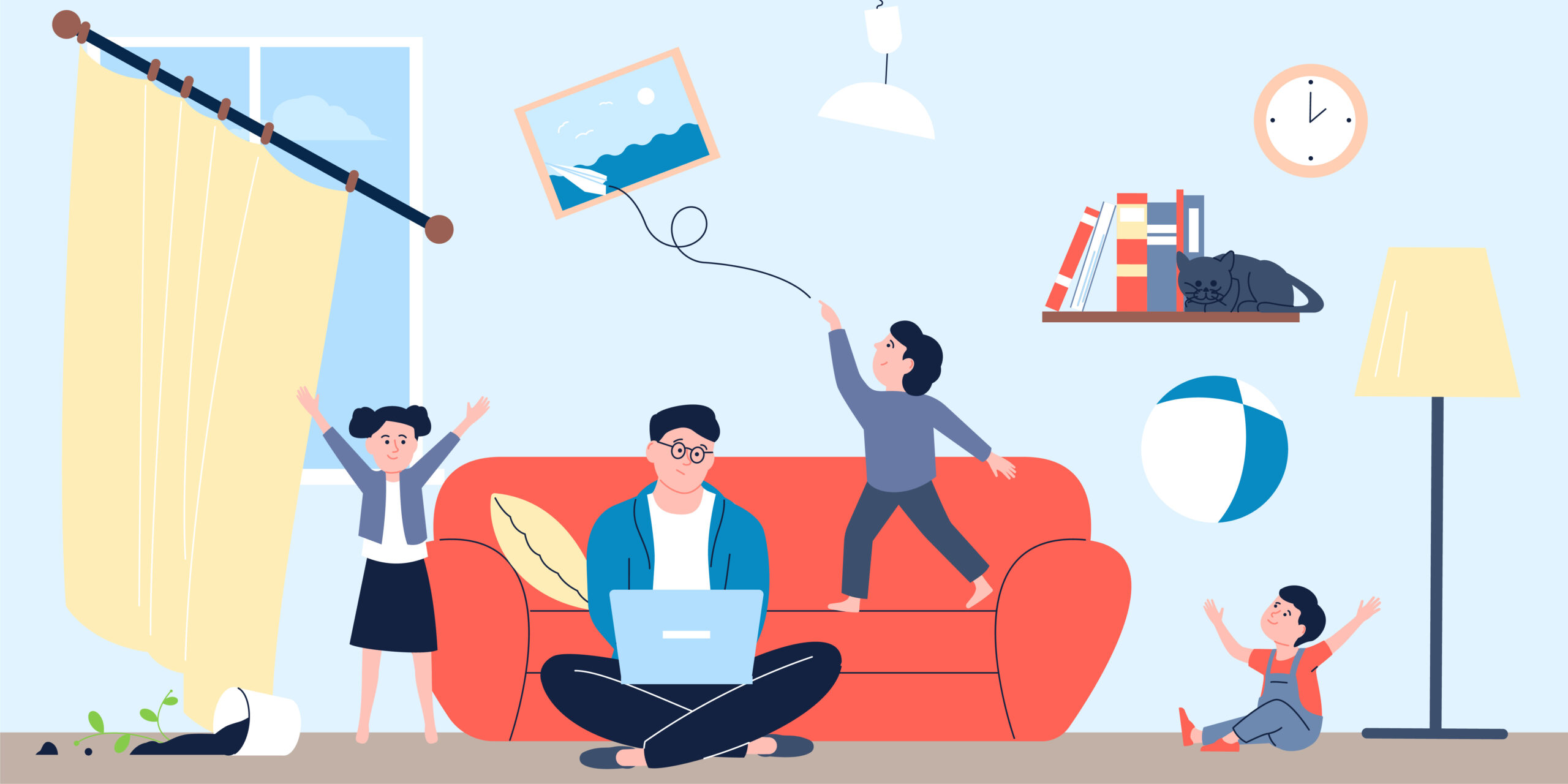Freelancers who work from home have a secret, and many of us hide it well. Like most successful freelancers, I maintain my professional identity at all times when I’m dealing with my clients. Generally, we communicate by text, email, and phone during the conventional hours of business, from around 8 a.m. to 6 p.m. on weekdays. They can count on finding me at my desk during the business day, phone and computer at the ready, right? Well — not exactly. When it comes to communications, I make sure that I’m living up to my clients’ expectations of my availability. The truth, however, is that I may be far from my desk when they call.
I’ve learned over several years of freelance practice that I do my best work at certain times of day, during those peak working hours when I feel I’m at a high level of focus, attention and efficiency. I see no reason for anyone else to know that, in between those hours, I might be busy taking care of personal or household tasks, or on an errand. Or, frankly, I might be lying on the sofa, staring into space. Such activities (or inactivities!) may appear to be secondary to the actual priorities of my workday, but I don’t see them as secondary at all.
For me, digressions and breaks are as important a part of my day as the hours I spend at the computer. They are key to managing my energy to get the most out of my work time.
When I held my last 9-to-5, full-time position as the executive editor of a magazine, I was efficient and successful at my job. I noticed, however, that I seemed to spend approximately six of my mandatory eight hours in the office focused on my work. I’d make the other two hours bearable through intermittent distractions, such as coffee breaks, chatting, and taking care of personal business. That feeling of wasting time was one reason I decided to start working freelance, so that I might work my six hours and be free to leave my office, or not, as I chose. But, even as a freelancer, I carried over that vague feeling of guilt that I wasn’t working my full “eight hours a day.”
After I learned about the science of human daily rhythms, I was relieved to discover that I was, in fact, living according to the healthy, natural schedule that suits me best. Most people’s natural cycles of energy and downtime don’t necessarily conform to the traditional, 9-to-5 business day. It’s physical: Our differing levels of alertness and sleepiness are regulated by our internal “circadian biological clocks.”
Generally, it takes a few hours after waking up in the morning to reach peak alertness and energy. A “circadian dip” causing sleepiness occurs from approximately 1-3 p.m., especially when people haven’t slept enough the night before. When we disrupt our circadian rhythm by keeping long or irregular hours, we have greater difficulty thinking and performing well. The Sleep Foundation advises us to take our own circadian rhythms into account when planning our day, and understand that, realistically, we will be effective at some times of the day more than others.
Some people are “larks,” full of energy in the morning, while others are “owls,” who come alive late in the day. I examined my own habits, and I came to recognize a pattern for my own peak time. I’m a lark, happy to see the morning sun. The problem was that I felt my energy lagging after the morning hours. I tracked my days for a while, and discovered that I was working at my best from morning to early afternoon. Then, I’d start to feel tired and distracted for a few hours. I get new energy in late afternoon and evening hours. Depending on how much sleep and exercise I get, my capacity for work seems to vary. On some days, working six hours is my limit. On other days, I can power through assignments for 10 hours or more.
You’ll feel good about your own performance if you take the time to observe your own daily functioning.
For a week or so, keep a log, and jot down how you’re feeling and performing at different times of day:
- At what times do you feel distracted?
- Is your energy low in the morning, or later in the day?
- When do you prefer to take on your most challenging tasks?
- When do you find that busywork is about all you can manage?
- What times are you rarin’ to go? When do you absolutely need to take a rest?
- Experiment with more difficult work in the morning or in the afternoon. Which works better for you?
You may not be aware of your own energy fluctuations, but your log will show you that not only does your energy level vary depending on the time of day, but also your performance and results. Take the time to get to understand your own daily habits, even the ones that you may think you want to overcome.
I firmly believe that this exercise will give you the evidence you need in order to understand that you’re not lazy or undisciplined — you’re just a normal human obeying your natural circadian cycles. You’ll be ready to:
- Banish those guilty thoughts of, “I should be happy to continuously work all day.”
- Feel entitled to schedule your work hours according to your energy levels.
- Carve out chunks of downtime to step away from your desk or drawing board, even if it’s right in the middle of that mythical, 9-to-5 workday.
- Work smarter, and perform better, faster, and more efficiently, to earn more or to enjoy more leisure time.
Take advantage of, and enjoy your new habits — even if they remain a secret from your colleagues and clients!
Julie is a Creative Circle candidate and experienced freelance writer, editor, and content creator in Santa Monica, California. A mentor and a career adviser, she cares about the community of freelancers who are finding new ways to work successfully in today’s gig economy. If you want to work with Julie, contact Creative Circle Los Angeles.



